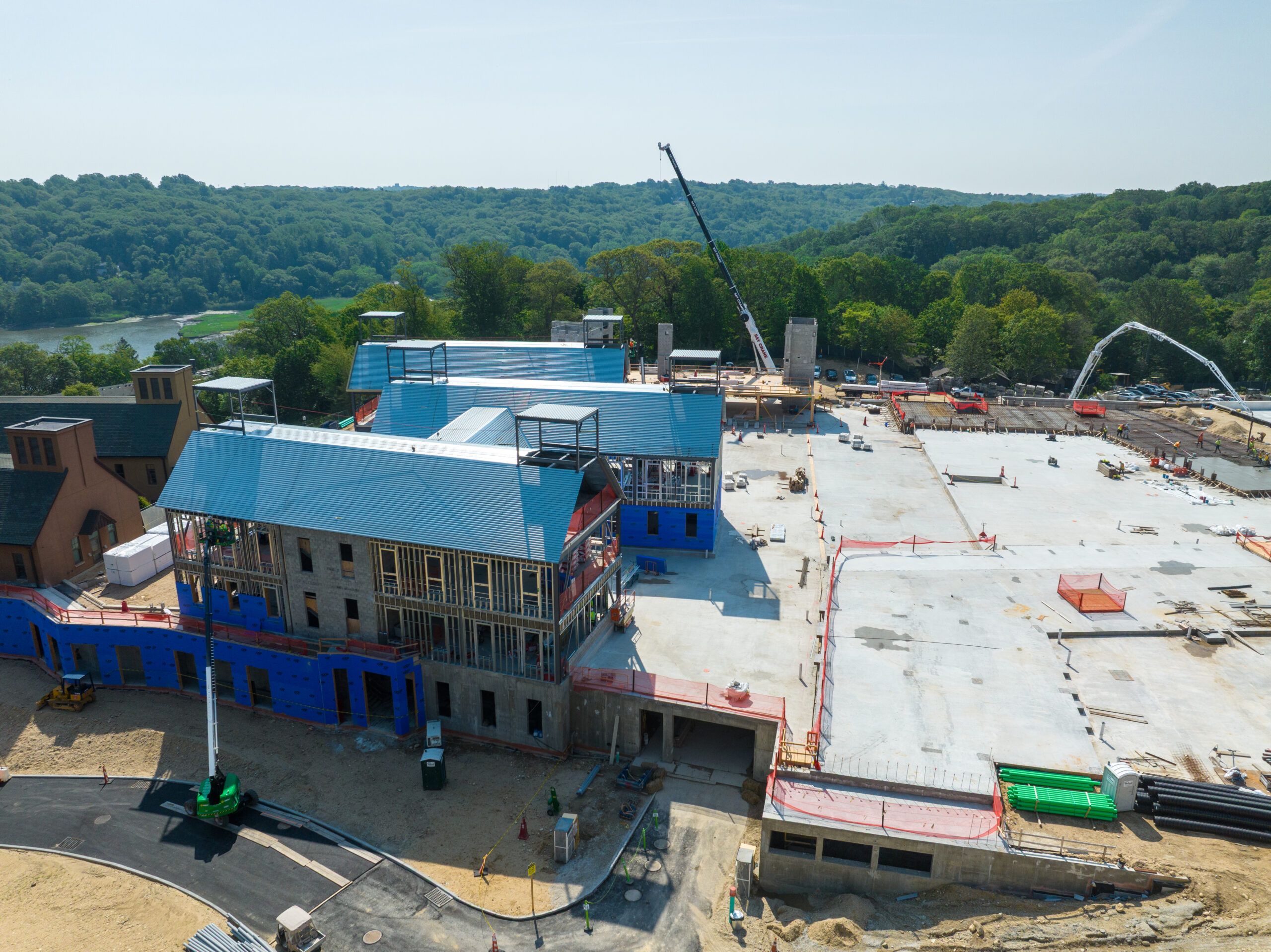Creating a peaceful home environment has become more important for many homeowners in New Jersey. Between busy workdays, long commutes, and the fast pace of life, people are looking for ways to make their homes feel like a calm retreat. A relaxing space can help ease daily stress and improve how you feel overall.
The good news is that it doesn’t take a full renovation to make a noticeable difference. Thoughtful design changes, like choosing the right colors, upgrading lighting, or clearing out clutter, can go a long way. Whether you live in a small apartment or a larger home, simple adjustments can help create a more welcoming and soothing atmosphere.
But sometimes, the layout or condition of the space calls for more than a few cosmetic changes. Maybe there’s poor lighting, a lack of ventilation, or outdated fixtures that no longer work well. In these cases, a full remodel of your New Jersey bathroom can create the fresh, functional space you need. If you’re looking for professionals who do bathroom remodeling New Jersey has many who offer personalized design plans that can help you update your space with both style and comfort in mind.
Additionally, if you’re considering a more comprehensive transformation, you might want to explore custom homes to tailor every aspect of your living environment to your personal taste and needs. Even small changes to these busy rooms can improve the flow and feel of your entire home. The key is to choose updates that help reduce stress rather than add to it.
Upgrade High-Traffic Areas with Calm and Comfort
Spaces like bathrooms, kitchens, and entryways are used daily, yet they often receive the least design attention. These areas are prone to clutter, poor lighting, and outdated layouts that can increase stress without us even realizing it. If you’re trying to make your home feel more peaceful, focusing on these high-use areas is a smart place to begin.
Bathrooms, in particular, play a bigger role in your day than you might think. From the moment you get ready in the morning to your nightly wind-down routine, this space sets the tone. A calming, well-organized bathroom can help you feel more relaxed, even on a hectic schedule. Simple upgrades like soft lighting, better storage, or neutral colors can make a big impact.
But sometimes, the layout or condition of the space calls for more than a few cosmetic changes. Maybe there’s poor lighting, a lack of ventilation, or outdated fixtures that no longer work well. In these cases, a full remodel of your New Jersey bathroom can create the fresh, functional space you need. If you’re looking for professionals who do bathroom remodeling New Jersey has many who offer personalized design plans that can help you update your space with both style and comfort in mind.
Even small changes to these busy rooms can improve the flow and feel of your entire home. The key is to choose updates that help reduce stress rather than add to it.
Create a Calming Bedroom Setup
The bedroom should be more than a place to sleep—it should help you feel calm and recharged. Many people overlook this space when thinking about home design, but it can have a big effect on stress levels.
Start by choosing soft, muted tones for your walls and bedding. Colors like light gray, pale blue, or warm beige can make a room feel more restful. Avoid overly bright or bold patterns that can be distracting or overstimulating.
Lighting matters here, too. Use warm bedside lamps instead of bright overhead lights. Add blackout curtains to help you block out outside noise and light, especially if you live in a busy neighborhood. These simple changes can help you fall asleep faster and wake up feeling more rested.
A clutter-free bedroom also supports relaxation. Keep nightstands clear and only store what you actually use. If space is tight, consider under-bed storage to keep the room looking open. Adding a small chair or reading nook can also create a personal corner to unwind.
Don’t forget about sound. A quiet room helps promote deeper rest. If outside noise is an issue, try adding a soft rug or thick curtains to absorb sound. White noise machines or calming playlists can also help create a more peaceful environment at night.
Use Natural Elements Throughout the Home
Bringing in natural materials and elements is an easy way to create a sense of calm. Nature has a grounding effect, and using materials like wood, stone, and plants helps make your space feel more balanced.
Houseplants add life and color without overwhelming a room. Start with low-maintenance options like snake plants, pothos, or peace lilies. They not only look good but also help improve air quality. Just a couple of well-placed plants in the living room or kitchen can make a big difference.
Natural textures also help. Think of woven baskets, bamboo window coverings, or wooden coffee tables. These items add warmth and soften the overall feel of a space. Pair them with soft fabrics like linen, cotton, or wool for extra comfort.
You can also use natural light to your advantage. Open your curtains during the day to let in as much sunlight as possible. If you have a room that doesn’t get much natural light, use mirrors to reflect what’s there and brighten the space.
Design with Multi-Use Comfort Zones in Mind
Modern living often means rooms serve more than one purpose. That doesn’t mean comfort has to take a back seat. Creating cozy, functional zones in your home can help you stay relaxed even when you’re working or being productive.
In a living room, for example, you might set up a corner with a soft chair, a floor lamp, and a small table for reading or journaling. This corner becomes your reset spot. In a spare room or hallway nook, you could create a small workspace with calming colors and natural light to make working from home feel less stressful.
The key is to keep these zones simple and clutter-free. Avoid filling every wall or corner with furniture or decor. Open space gives your mind room to breathe.
Your home should feel like a place where you can relax and be yourself. You don’t need a large budget or a full renovation to get there. By making a few thoughtful updates—better lighting, calming colors, and more natural elements—you can shape a home that supports your peace of mind, one room at a time.
Designing for comfort doesn’t mean following trends. It’s about paying attention to what feels right for you and your lifestyle. When each room supports your daily routine and brings a sense of calm, it becomes easier to recharge, stay focused, and enjoy time at home.











